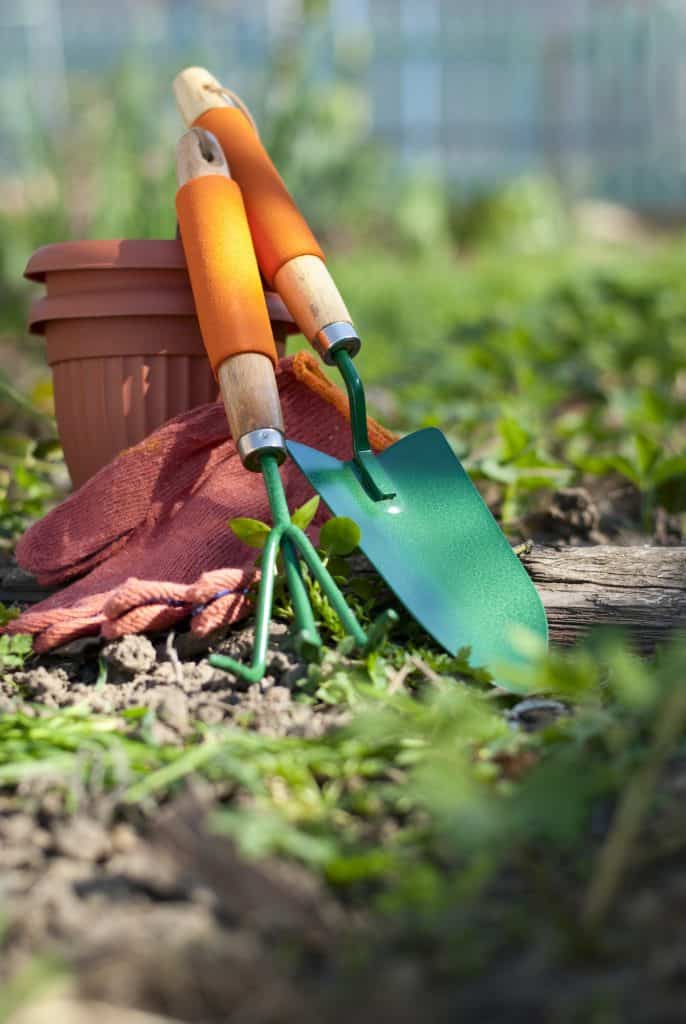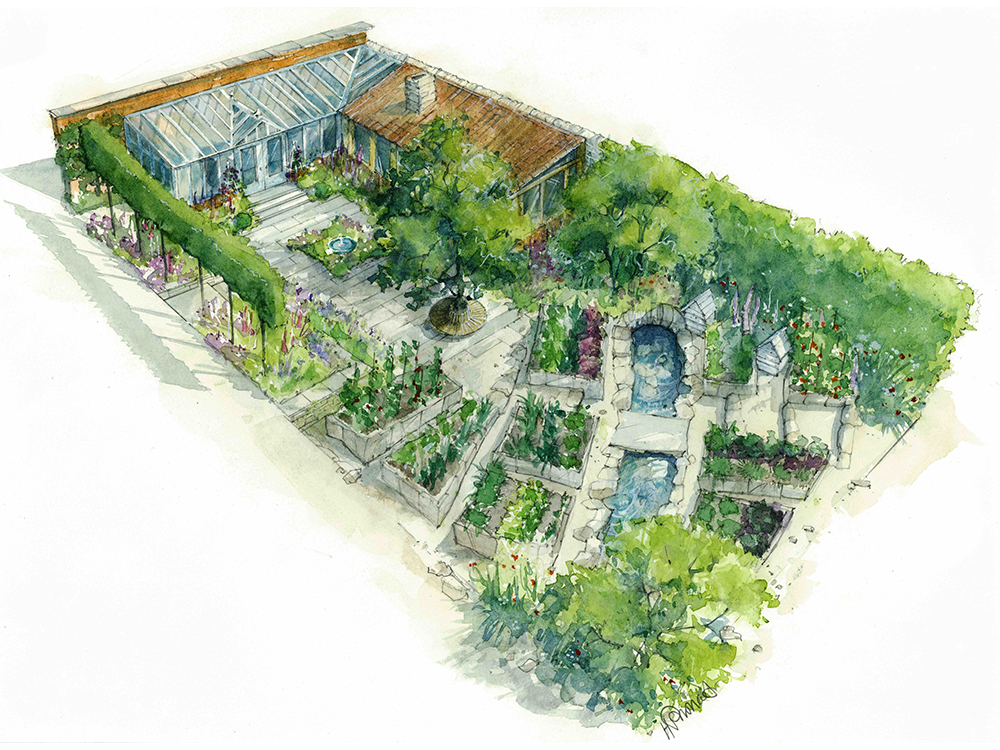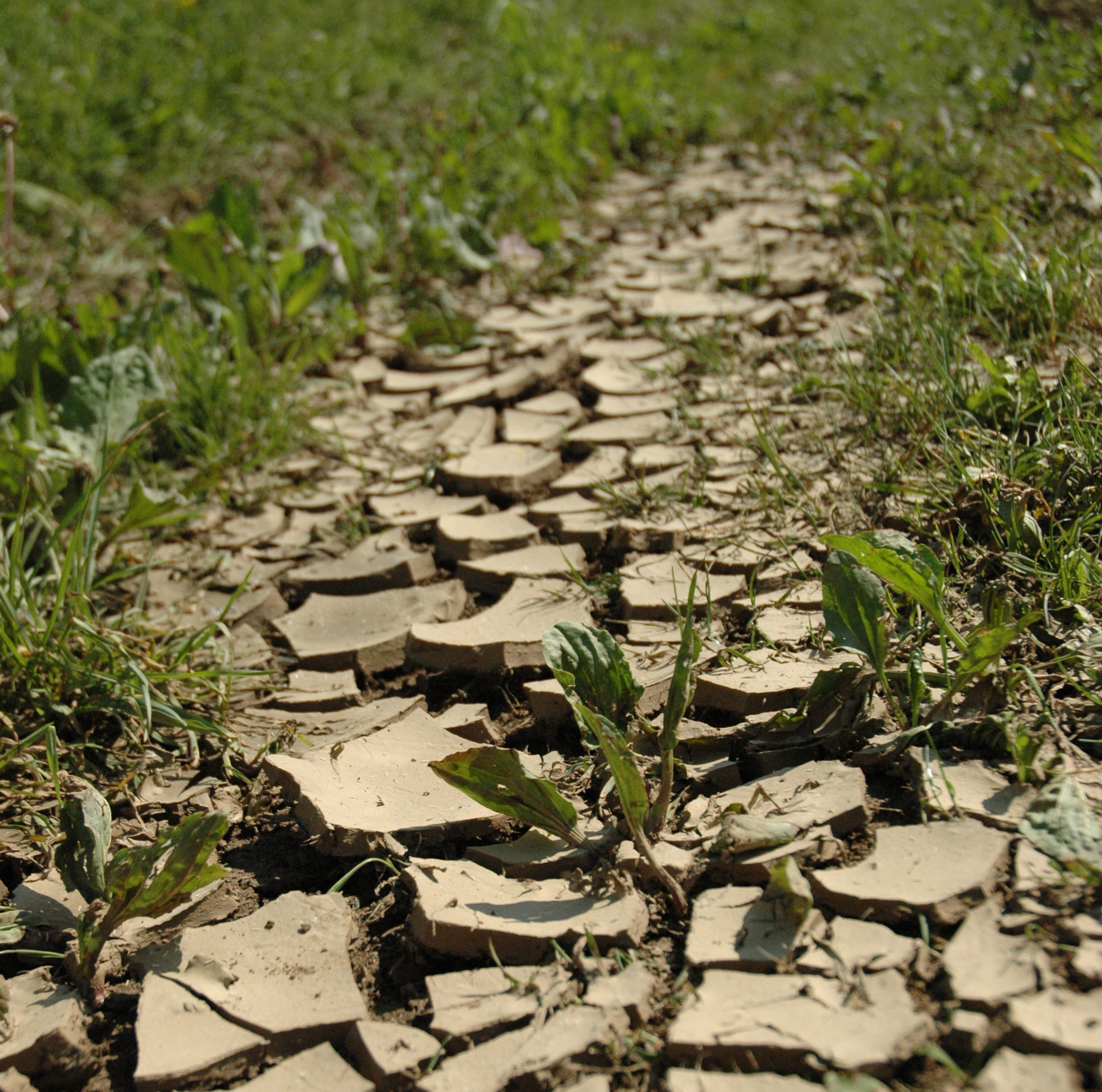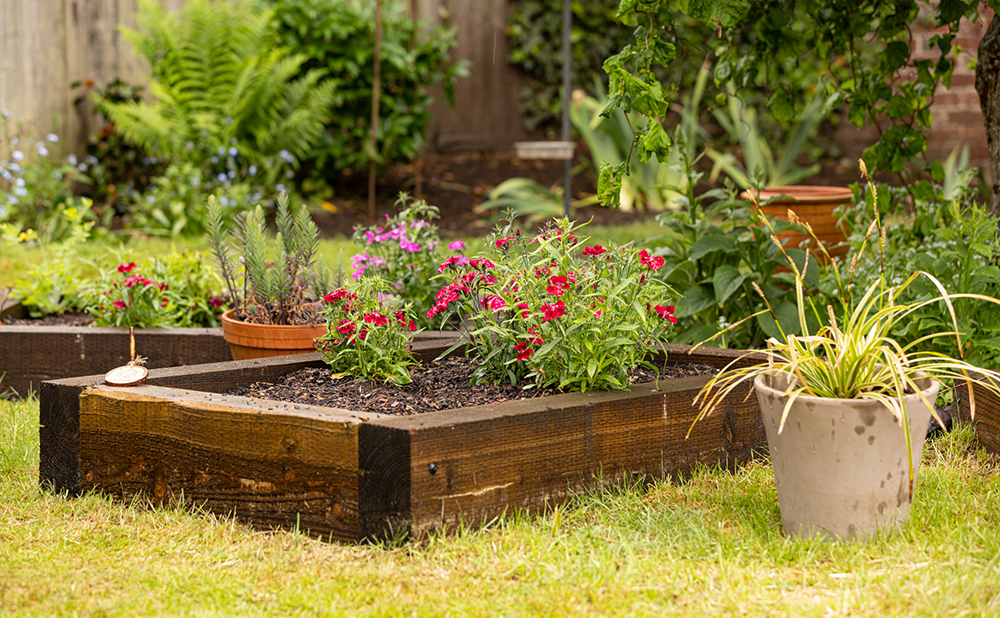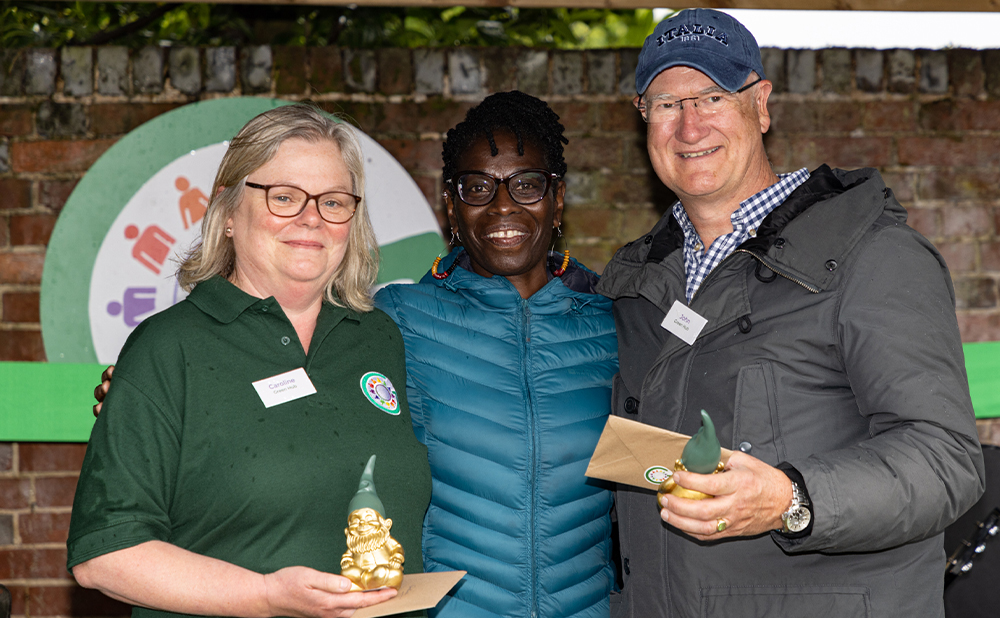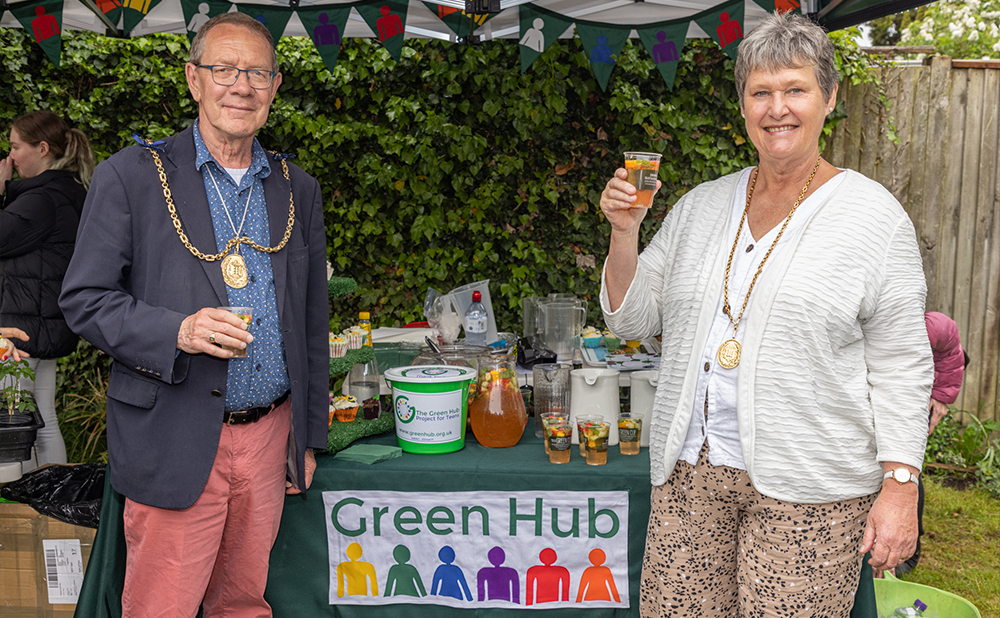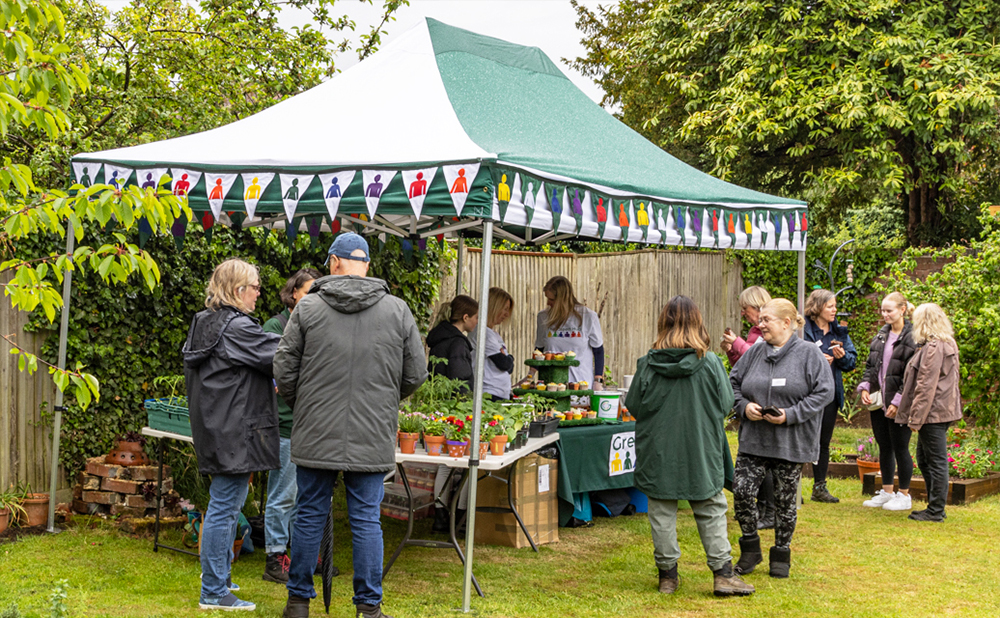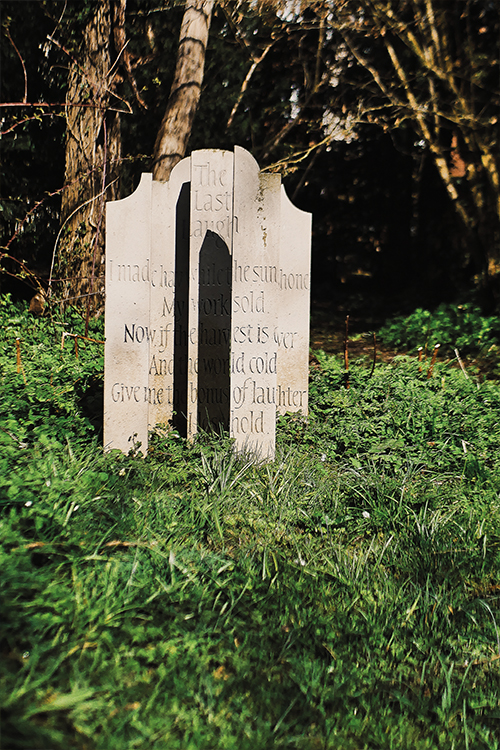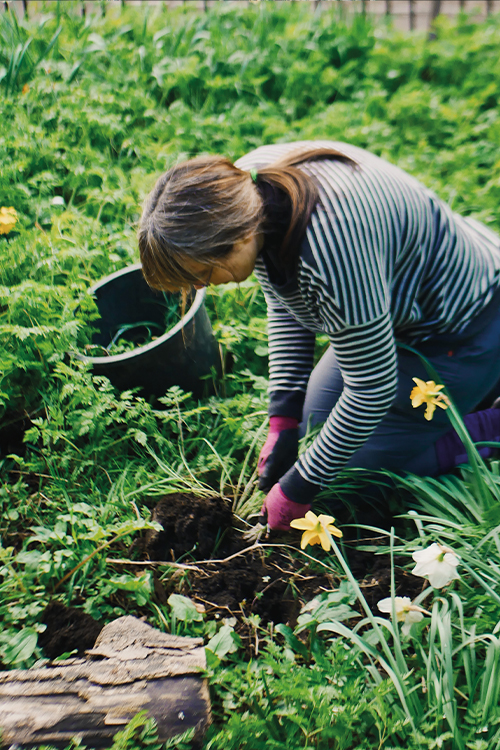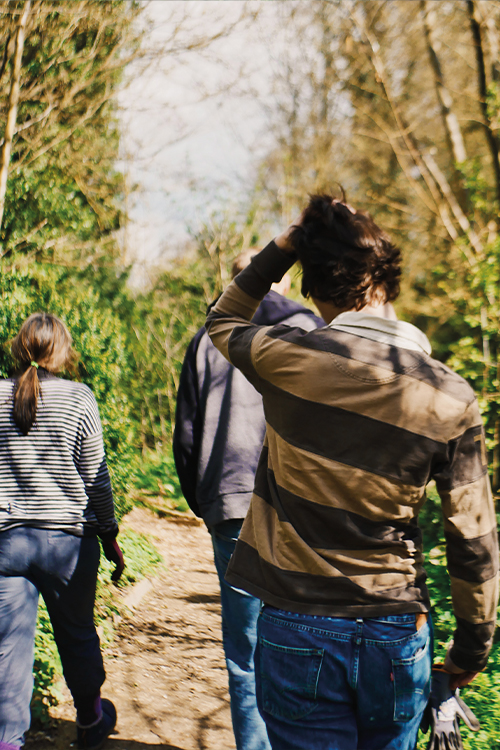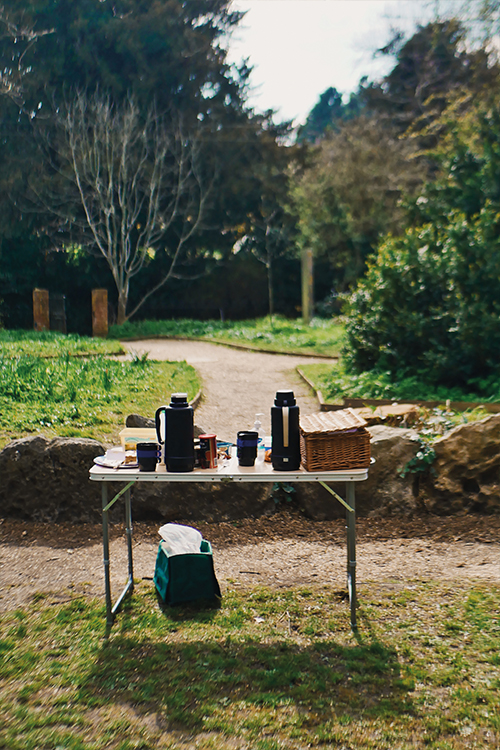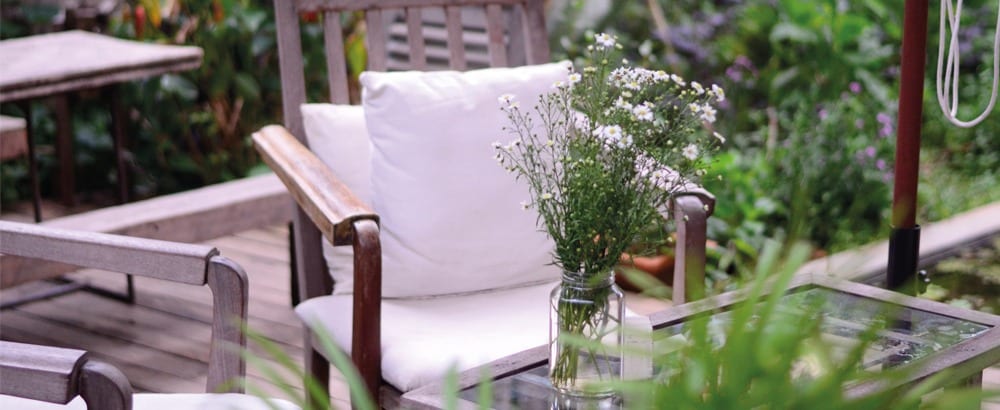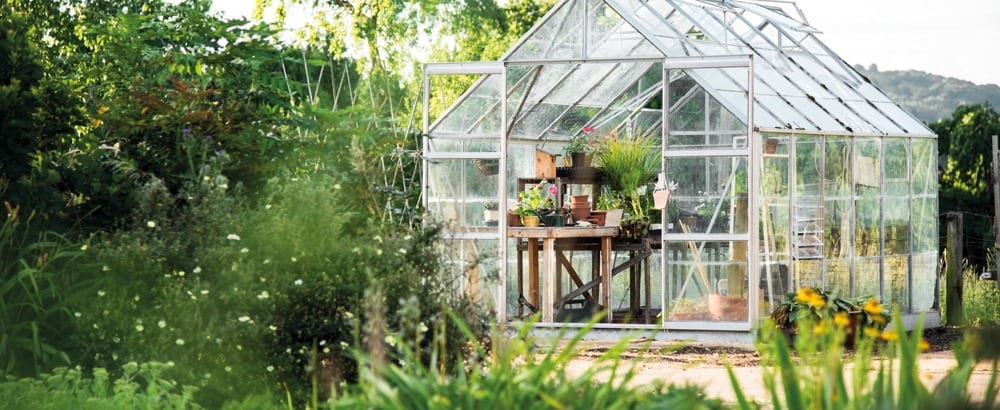Mark Gregory returns to RHS Chelsea Flower Show 2023 with a “Plot To Plate” haven for Savills
“King of Chelsea”, Mark Gregory, is set to return to the RHS highlight for 2023 with a “plot to plate” garden for Savills.
The Savills Garden will be his 108th Chelsea show garden and marks his return to design in his 34th consecutive year. The Savills Garden is set within the grounds of a country hotel. Revealing an intimate walled seasonal potager, with the show’s first ever working kitchen at its heart.
“The garden will be a feast both for the eyes and for the palette”
Mark said: “I am incredibly proud to have designed this garden for Savills. I think it will speak to a lot of people and has, at its core, elements that are very close to my heart. A beautiful space, created considerately, that brings people together to enjoy fantastic food and great times. The garden will be a feast both for the eyes and for the palette, demonstrating that productive gardens can be both elegant and delightful.”
Designed to demonstrate an “edimental” planting theme, combining edibles and ornamental planting, the garden provides inspiration for a “plot-to-plate” alfresco dining experience. Ingredients will be foraged from the surrounding living larder and used to prepare delicious meals for the guests to enjoy in the adjoining dining area. Cementing the relationship between grower, guests and chef.
Visitors are invited to immerse themselves in this tranquil retreat, resting beneath a mature tree, taking time to reconnect with nature, enjoying the formal planting, whilst anticipating the taste experience to come. The aim of the space is to help change the way we think about our gardens, the way we eat and source our food. And to share ideas and knowledge that can be introduced into even the smallest of plots.
This evocative and aromatic garden will capture the sights, smells and tastes of a productive garden while also delivering a beautiful, elegant space and a haven for wildlife.
Following the show, in keeping with its sustainability commitment, Savills will work with the Shaw Trust, a national charity running employability programmes and complementary services for people with complex needs, to relocate the garden. It will be replanted at Meadow View House in Nottinghamshire for their residents to enjoy.
Additionally, Savills will work with existing charity partner Rethink Food, an organisation focused on educating school children on food security, to share learnings from the garden.
Richard Rees, Savills MD, said: “We are excited to be returning to Chelsea with a garden design that touches on so many themes that are core to the future success of our industry and gives us the opportunity to bring to life our commitment to promoting sustainable development. It’s impossible to overstate the importance of nature in our lived environment. Whether in an urban or rural setting, and Mark Gregory, five times Chelsea Gold Medal winner, has designed a garden that will be both stunning to the eye and packed full of learnings for us all.
“I look forward to seeing the garden relocated post show in conjunction with the Shaw Trust. An organisation committed to challenging inequality and breaking down barriers to enable social mobility. We also welcome the opportunity to further develop our employee engagement with Rethink Food, and to exploring with them issues around food production and food miles, sustainability and the learning and sharing of knowledge.”








